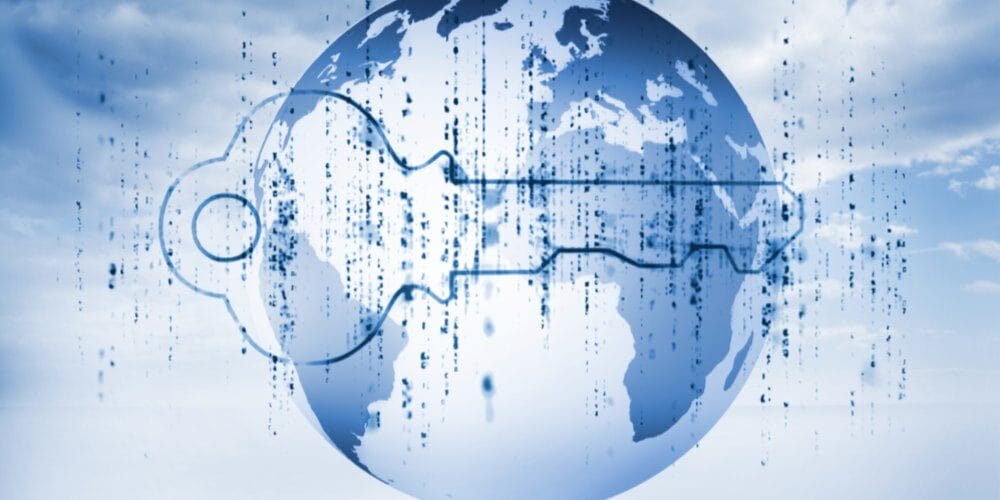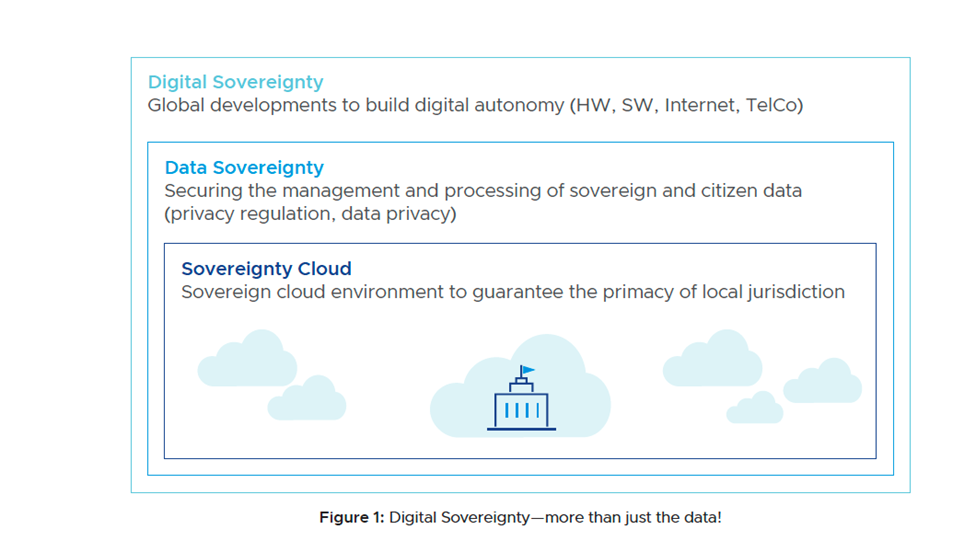Identifying Data Privacy, Residency, and Sovereignty in the Cloud - Course Monster Blog

Identifying Digital Sovereignty
Let’s start with data sovereignty and data residency. These two terms are frequently blended and intermingled into a single statement, which might confuse immediately away.
If no jurisdiction is involved, then data residency is the correct phrase because it simply ensures that the data — and the processing of that data — is located in a certain geographical area. However, data sovereignty applies if the data is subject to exclusive legal protections inside a specific jurisdiction of a nation.
Data sovereignty is the ability to preserve legal control and authority over data inside the jurisdictional boundaries of a given nation. This includes data flows and subsequent data processing within the jurisdictional boundaries in question. This includes any new data and metadata generated by the processing of the original data that is subject to the same jurisdictional requirement.
While it may be natural to focus on the data — and the technology that creates it – the concept of data sovereignty encompasses data privacy, human rights, national identity, national security, a nation’s digital competence, the value of data, the data economy, and, ultimately, economic prosperity.
To contain the full scope of a legal entity, the jurisdictional boundary might be expanded across national borders. The European Union (EU), a grouping of political territories, and legal authorities inside the EU, such as the European Commission (EC) and the Court of Justice of the EU, are prominent examples (CJEU). Member nations such as Germany and France, as well as their respective governments and judiciaries, would have their jurisdictions in addition to the EU bodies.
Data sovereignty differs from digital sovereignty. Instead, data sovereignty is a subset of the desire for digital sovereignty. Beyond data, digital sovereignty entails achieving digital autonomy across the complete end-to-end ecosystem and infrastructure, including hardware, software, identities, access, data processing capabilities, data security, and infrastructure cyber resilience.
With this in mind, a sovereign cloud facilitates the goal of digital sovereignty but does not provide data sovereignty or digital sovereignty on its own.
Rather, a sovereign cloud enables an organization to secure data sovereignty on the platform without compromising any of the economic benefits of cloud-at-scale, such as the flexibility, agility, and visibility that enterprises have come to expect from a modern cloud environment.

The landscape of digital and data sovereignty is complex
When we evaluate the present global arena surrounding data privacy and the larger digital and data sovereignty considerations, it is clear that it is a sector that, while fast evolving, still has much interpretation and evolution to occur. There have been and continue to be significant data privacy developments globally, between nations and regions, as well as within countries and regions, and in specific awareness of the significance of increased sovereign protections when it comes to better protecting mission critical and sensitive private and public organization data, as well as the data of citizens and customers that those organizations hold.
Similarly, there is global acknowledgement of the major challenges in the continuing conversations and deliberations in this domain, but there is also recognition of the success that can be had in overcoming these challenges. This success will lead to not only more certainty regarding individual, citizen, public, and corporate data privacy, but also considerable social and economic advantages. These advantages will result not only from securing these important sovereign data assets, but also from guaranteeing that the core data is accessible to sovereign study and analysis, as well as the following great value of the evolving data sets.
Considerations of digital sovereignty appear to be a straightforward discussion at first glance, but hopefully people have demonstrated that it is a topic deeply impacting across a very broad ecosystem of highly interconnected and, at times, contentious and competing matters, and it is a topic worthy of attention and discourse.
Using a sovereign cloud to take control of your digital destiny
The concept of a sovereign cloud is not new, and hopefully there isn’t much misunderstanding about its important roles in an organization’s quest to achieving digital sovereignty. Even with several ambiguities in the legal and compliance realms, as well as continuous uncertainty in the global, national, and regional data privacy landscapes, the importance of a sovereign cloud as part of the road toward digital sovereignty is more than ever.
A sovereign cloud should prioritize one key component: better infrastructure control, allowing both public and private organizations to ensure they are following and implementing the necessary data privacy, security, and compliance measures to protect sensitive and regulated data and application workloads. As previously stated, this infrastructure management goes beyond data, applications, and systems to include controls for data in transit, data workflows, data processing capabilities (such as artificial intelligence and machine learning algorithms), and data access.
Here at CourseMonster, we know how hard it may be to find the right time and funds for training. We provide effective training programs that enable you to select the training option that best meets the demands of your company.
For more information, please get in touch with one of our course advisers today or contact us at training@coursemonster.com




Comments ()